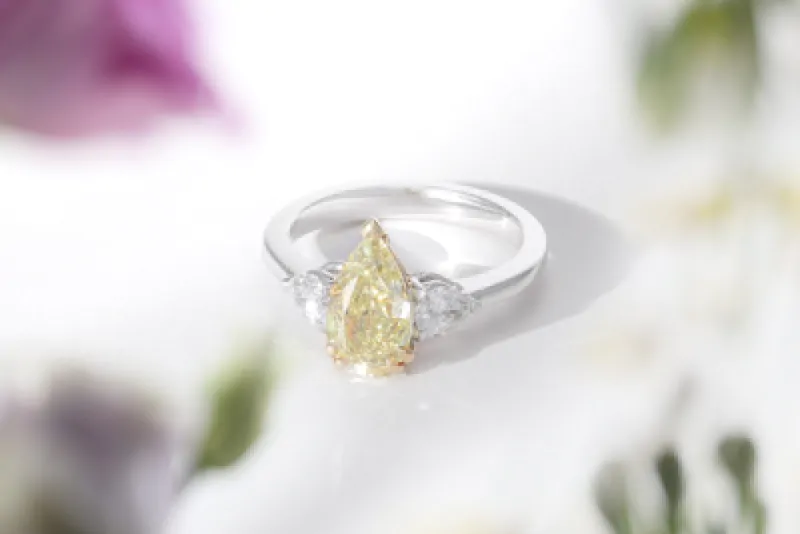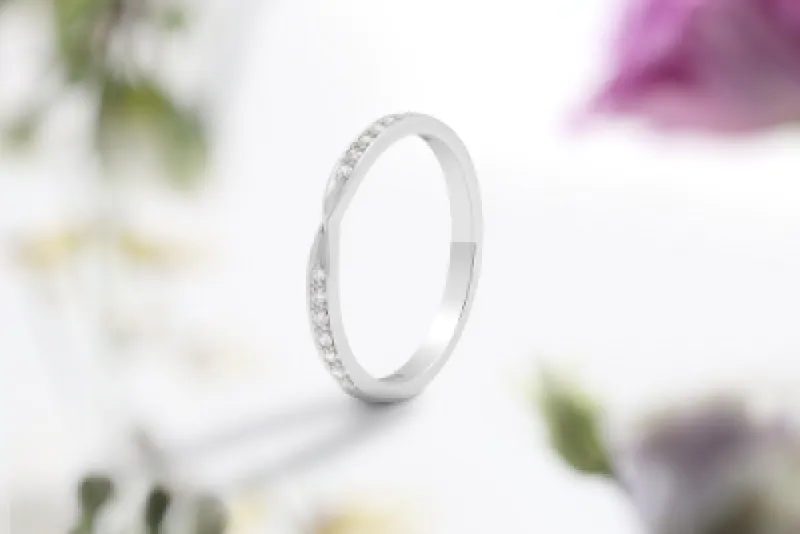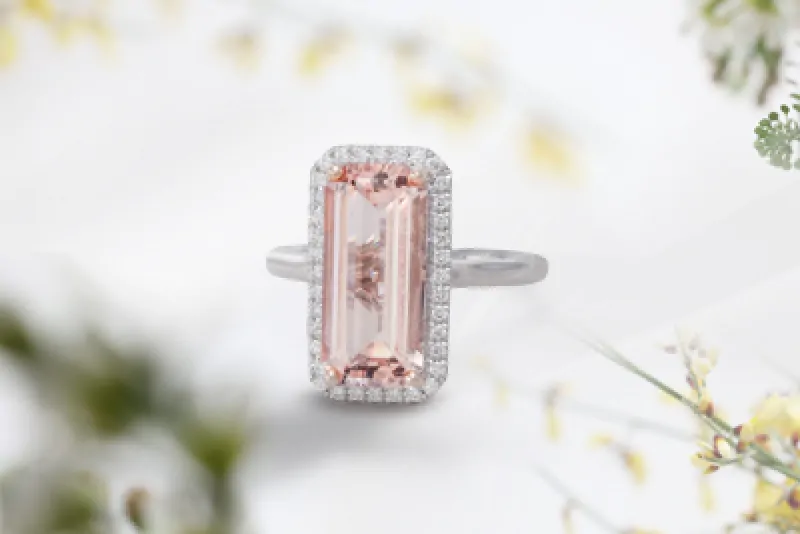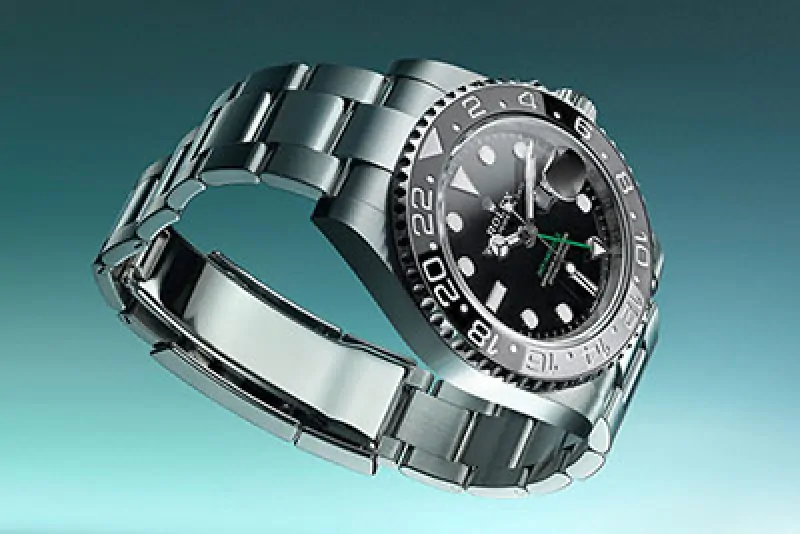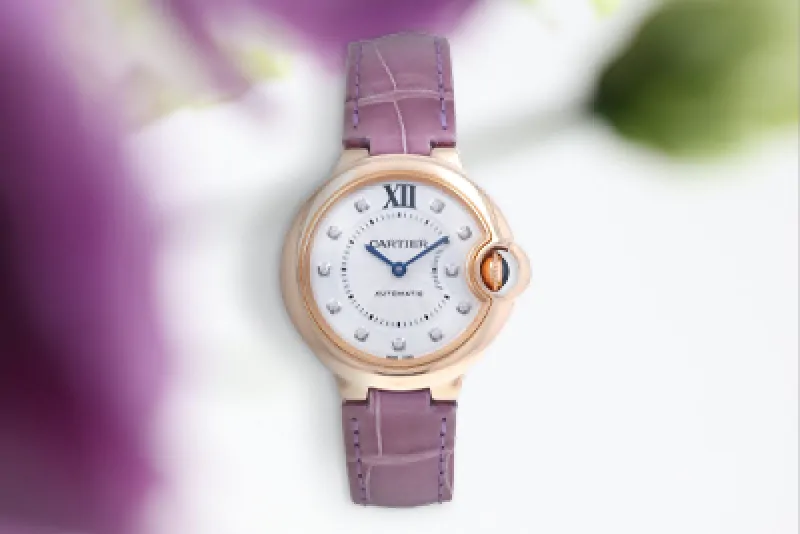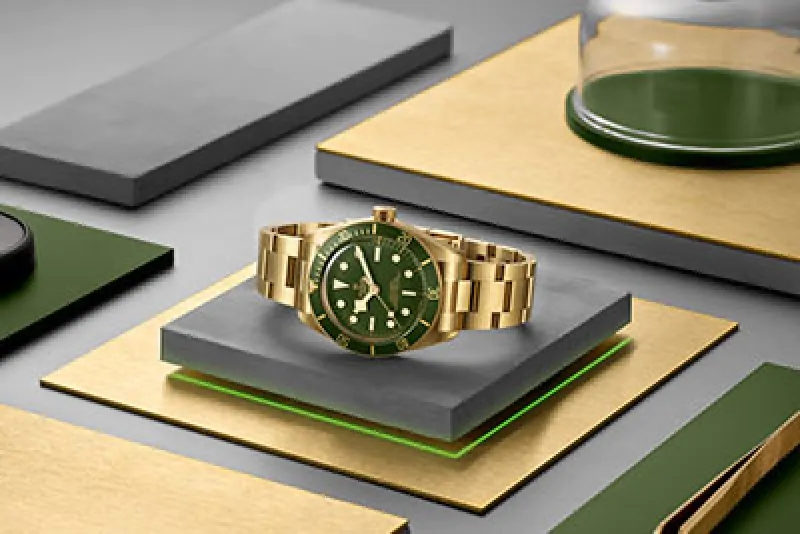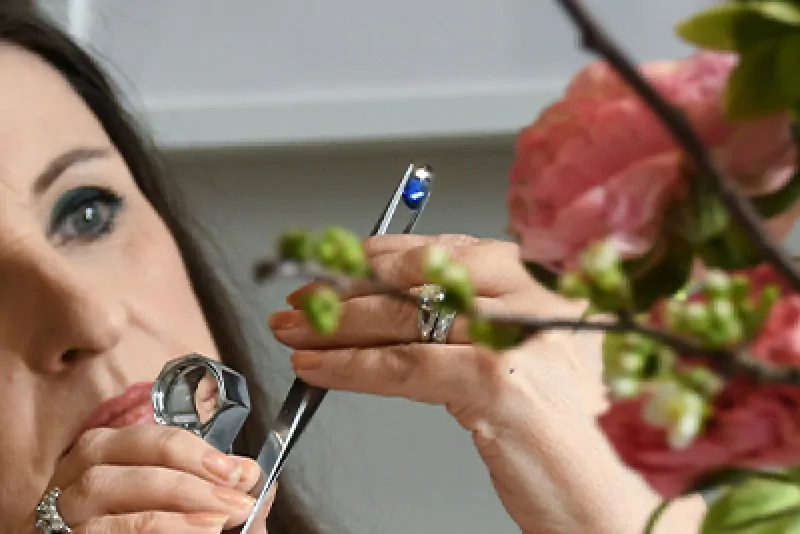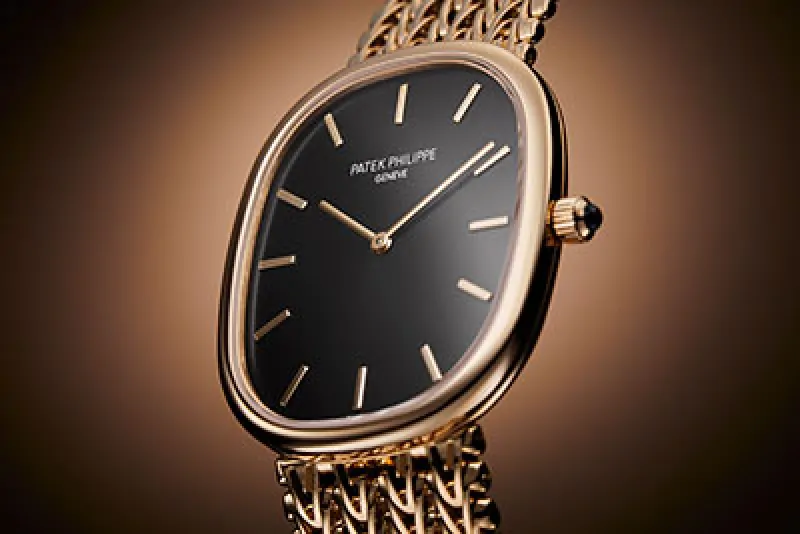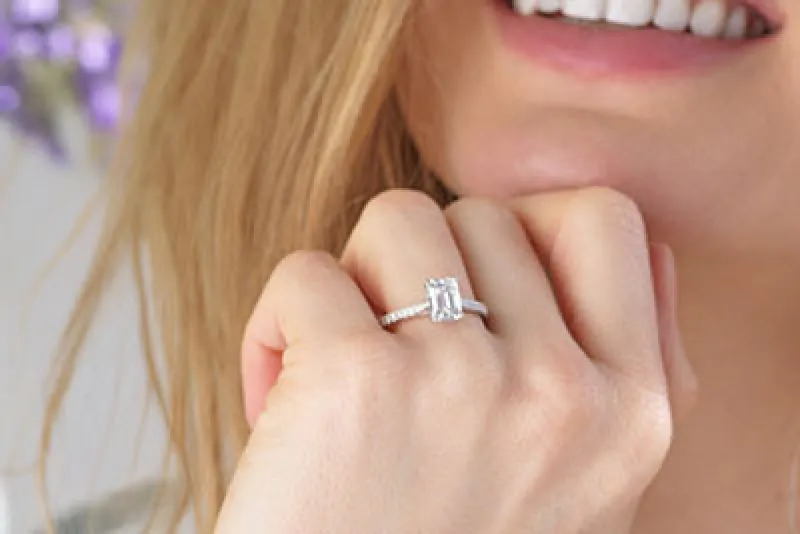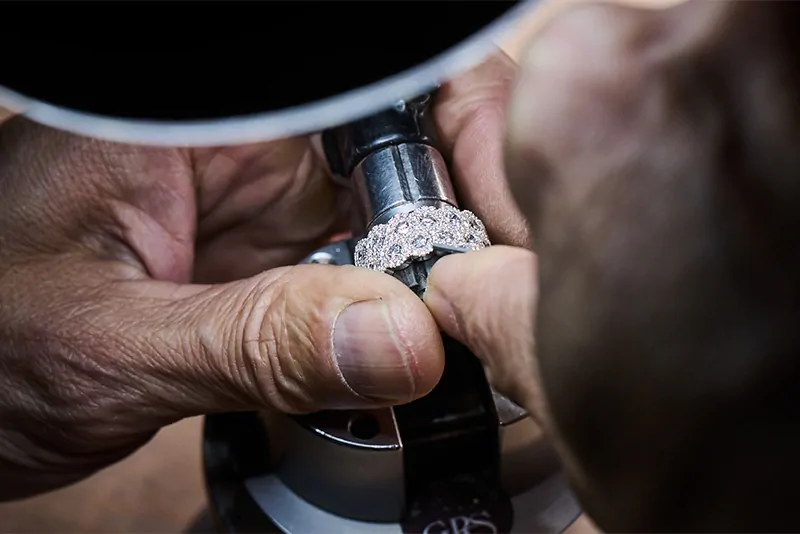

Crafting Winning Designs from the Glasgow School of Art
Laings has long believed in empowering emerging talent and helping young people to realise their dreams in the jewellery industry. A Laing family member who carried this philosophy through the decades was Robert Laing, the fourth generation of the Laing family. Robert cared passionately about the encouragement of modern ideas in jewellery design and part of his distinguished legacy was the ability to identify talent and not only champion it but accelerate it.
“Without encouragement to the rising generation, the creative element in our craft would be lost. It is great to know that within this sphere, our small country can compete successfully with the giants of the world. You have to follow the flair and creativity of award-winning designers.”
- Robert Laing, 1970

Over a four-year period from 1967-1970, Laings crafted avant-garde jewellery designs by three students from Glasgow School of Art to enter the Diamond International Awards sponsored by De Beers. This close relationship with the Glasgow School of Art and its prestigious silversmithing and jewellery course provided Laings with a window into the future of design. Through this collaboration, Robert’s vision to bring prestige to Scotland and put Glasgow on the international map for award-winning jewellery design came true.
At the time, the Diamond International Awards were the most coveted honours in jewellery design affectionally dubbed the ‘Oscars of Jewellery’. The awards have been presented annually since the inaugural event in 1954, with between 25-30 winners chosen for their exceptionally creative diamond designs. Winners of the awards often went on to become era-defining designers across the globe, with an esteemed place in the honours said to advance their careers by up to ten years through phenomenal exposure.
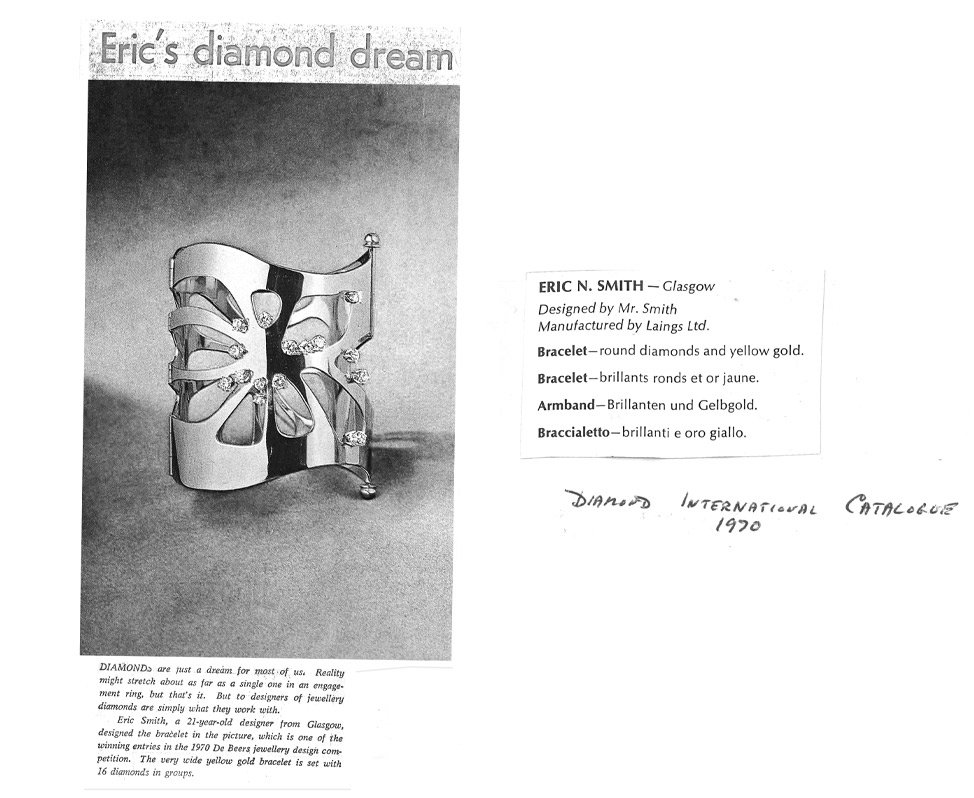
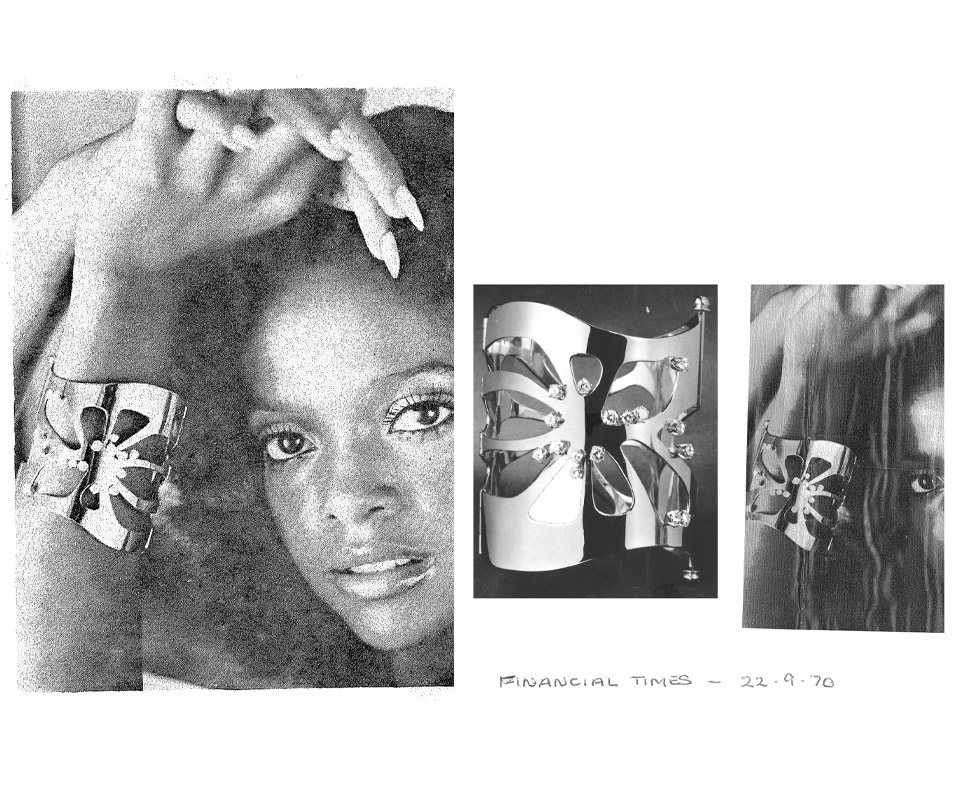
Erica Smith, 1970
“A career set in diamonds” is how the press described the accomplishment of Eric Smith, who was in his final year at Glasgow School of Art and working at Laings outside of semester time when Laings crafted his award-winning bracelet. Eric’s completed design was a bangle in polished gold with 16 brilliant cut diamonds, emblematic of the transitional style period between the late 1960s and early 1970s with its fluid and organic shapes. At the time Eric’s bangle was estimated to be worth £1,150 (approx. £19,000 now adjusted for inflation).
"Mr Robert Laing has a great interest in the work of young designers and was most obliging when I approached him about my design. He liked it immediately, then the next thing I knew I was working alongside Tom Collins, master craftsman at Laings, making up my bracelet"
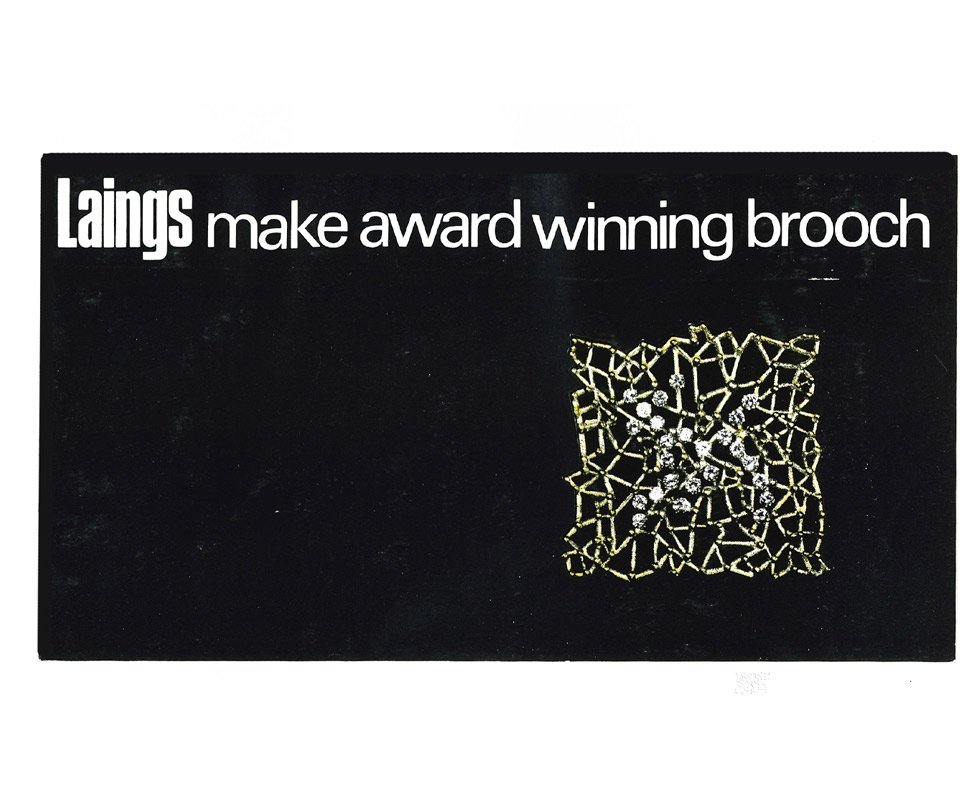
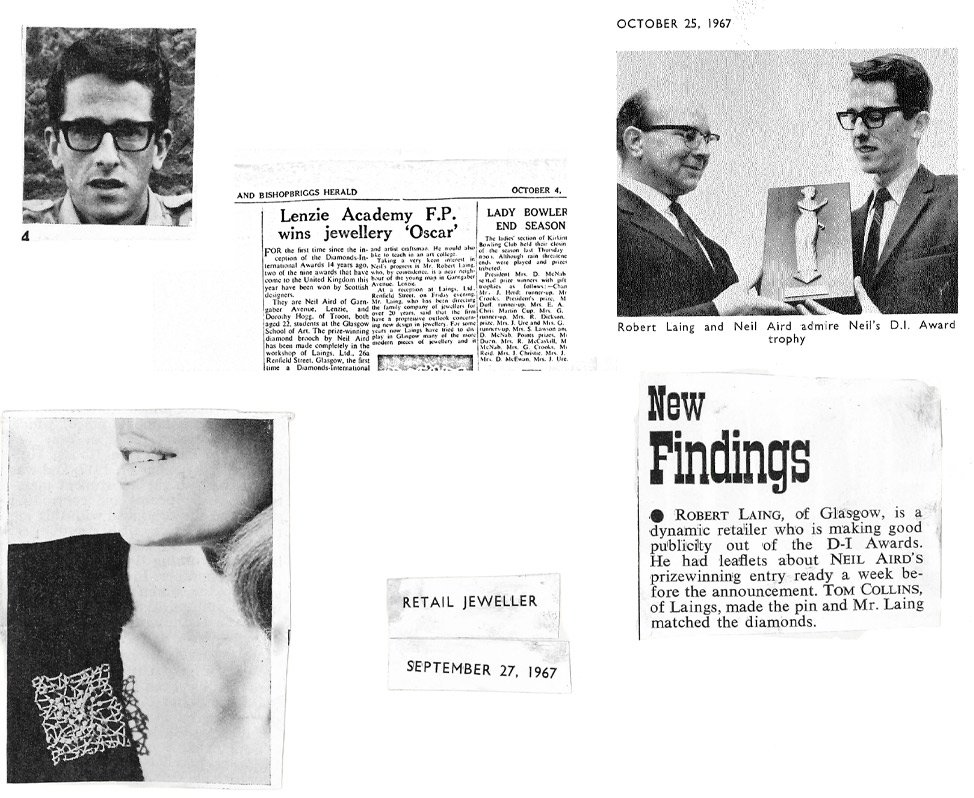
Jean Johnston, 1969
JJean Johnston drew inspiration from the light pouring through a carved stained glass window to create the design for her award-winning brooch, which was also styled on a 1960s headpiece. The intricate design cleverly fashioned 77 diamonds in shapes of textured yellow gold on a framework of smooth polished gold. Once again, Laings drew on master craftsman Tom Collins to create the piece. By this point, Tom was also being recognised by local Scottish media for his contributions to the award-winning design and craft formula that struck gold at the Diamond International Awards a total of three times. Tom, who was 37 at the time of Jean’s award submission, had been at Laings for 10 years honing his skills when he crafted the brooch – a design which came with its trials and tribulations behind the bench.
“I used a piece of 18ct gold just one-sixteenth of an inch thick for the base of this 2in. by 2in. brooch. One of the few problems was when the fine white gold tubing in which the stones are set didn’t arrive in time and I had to make my own.”
Tom Collins, Master Craftsman at Laings

